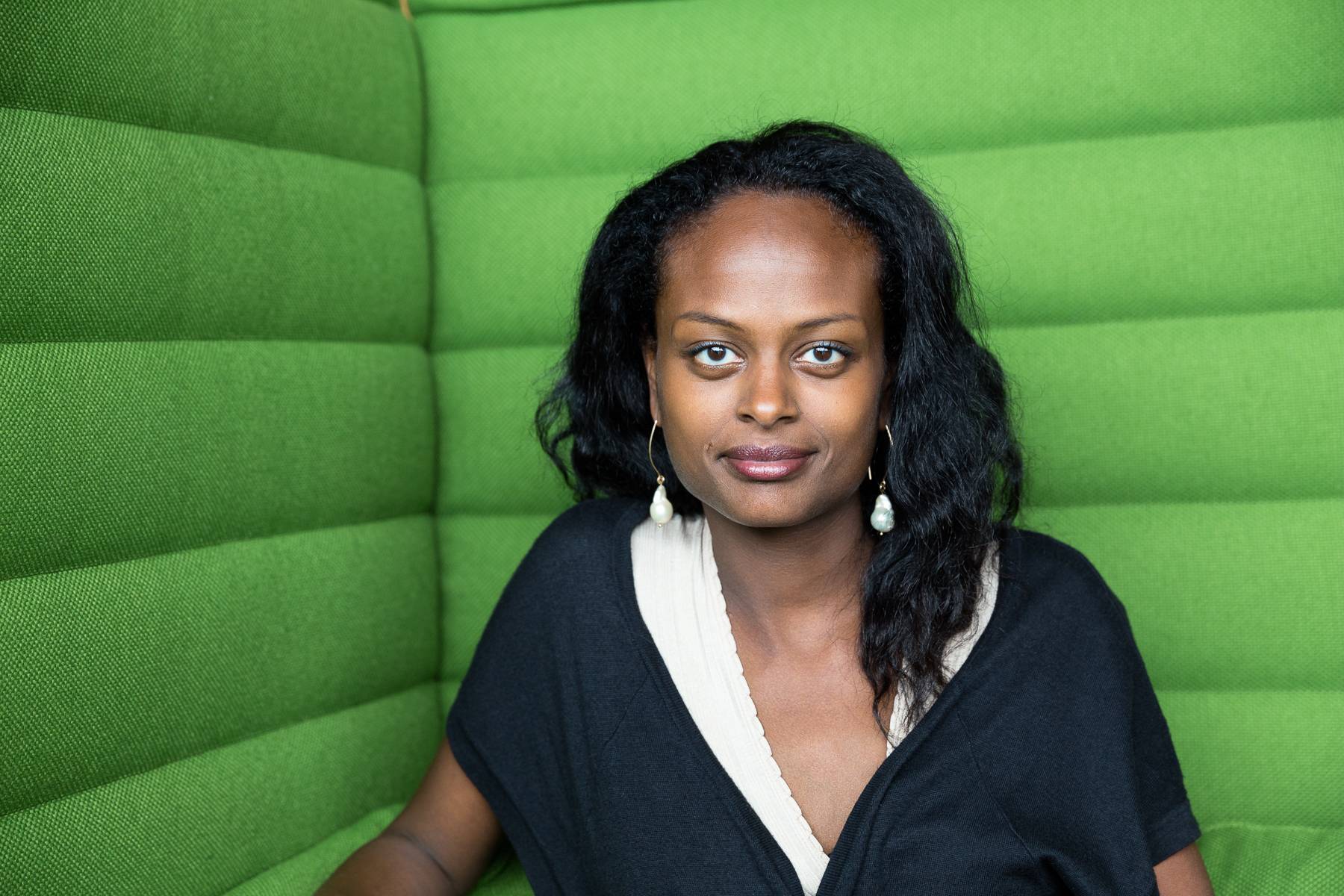Viktoria Walldin, social anthropologist and social sustainability expert at White, held a keynote speech in Quebec at an event organised by Architecture Sans Frontières Québec. Viktoria was invited to talk about White’s perspectives on the social aspects in architecture and urban planning.
We sat down with Viktoria to hear her thoughts on what we could learn from Canada and vice versa.
